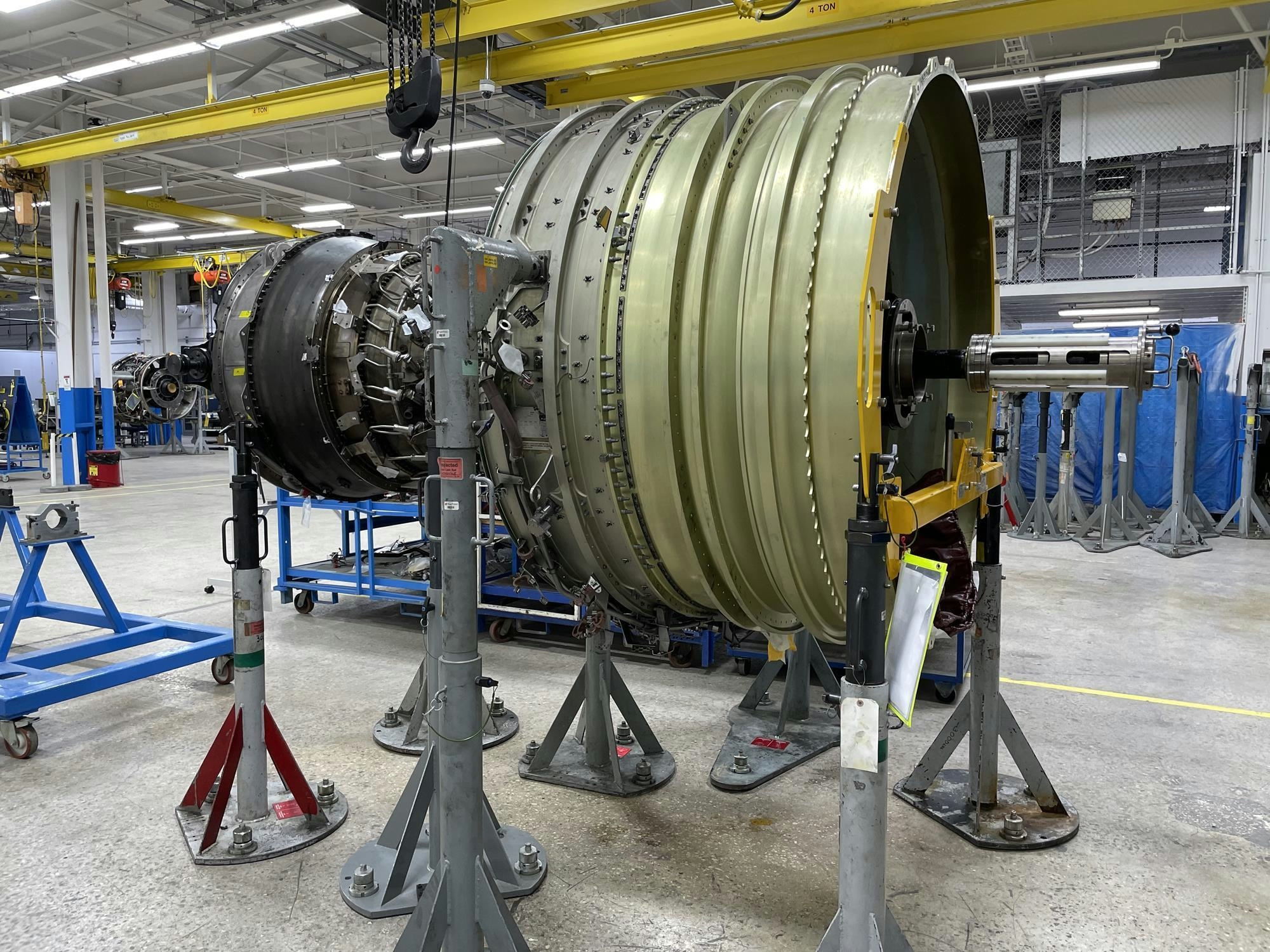
AeroGenie: Su copiloto inteligente.
Tendencias
Categories
WorldACD Reports Rising Rates Amid Surge in Southeast Asia to US Demand
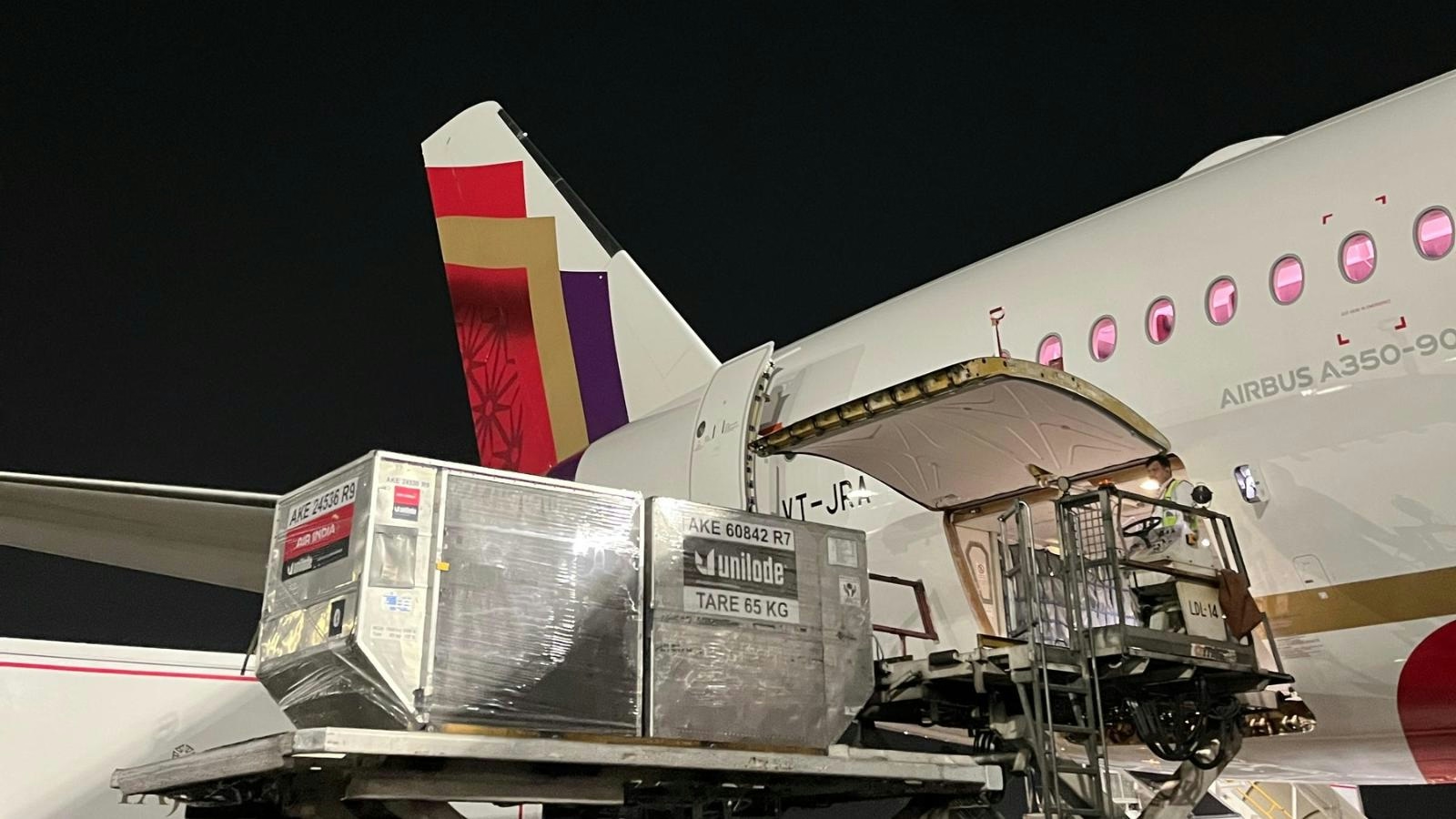
WorldACD Reports Rising Air Cargo Rates Amid Southeast Asia–US Demand Surge
Air cargo rates are experiencing an upward trajectory ahead of the Black Friday and Thanksgiving shopping season, driven by increasing spot prices on routes from the Asia Pacific region to the United States and Europe. According to the latest data from WorldACD Market Data, the second full week of November saw average spot rates from Asia Pacific origins rise by 4% week-on-week, reaching $4.11 per kilogram. Concurrently, regional air cargo volumes increased by 1% during this critical retail period.
Surge in Demand from Southeast Asia to the US
Spot rates from Asia Pacific to the US specifically climbed 4% week-on-week to $5.51 per kilogram. This increase was propelled by a 16% rebound in tonnages from Japan following a national holiday, alongside significant rate hikes from South Korea (13%) and Vietnam (8%). Despite these recent gains, average spot rates from Asia Pacific to the US remain 11% lower compared to the same period last year. The most pronounced year-on-year declines were observed in shipments from Japan (-31%), Singapore (-19%), Indonesia (-19%), Vietnam (-17%), South Korea (-10%), and Hong Kong (-8%).
Last year’s exceptionally strong demand, coupled with capacity constraints—particularly from China amid a surge in e-commerce exports—set a high benchmark for current rates. While this year’s rates remain elevated relative to historical norms, they face challenging year-on-year comparisons.
Shifting Trade Patterns and Regional Dynamics
Despite the imposition of higher tariffs and stricter de minimis thresholds on US imports from China and other regional countries since April, air cargo volumes from Asia Pacific to the US have remained resilient. Although shipments from China (-2%), Hong Kong (-16%), and South Korea (-10%) declined year-on-year in mid-November, overall regional tonnages increased by 6% compared to the previous year. This growth is largely attributed to substantial increases in shipments from Taiwan and Southeast Asia.
WorldACD’s analysis highlights a remarkable 40% year-on-year surge in demand from Southeast Asia to the US in October, marking the highest monthly growth recorded this year. For the first ten months of 2024, Southeast Asia–US tonnages averaged nearly 26% higher year-on-year. In contrast, year-to-date shipments from China and Hong Kong to the US fell by almost 6%, while exports to Europe increased by approximately 8%, indicating a shift in air export flows from the US towards Europe and other markets. Meanwhile, Southeast Asia–Europe tonnages declined by nearly 6% year-on-year.
These developments reflect a broader trend of US importers diversifying their supplier base beyond China, increasingly sourcing from other parts of Asia. This transition is unfolding amid a complex environment characterized by regulatory harmonization challenges, supply chain disruptions linked to geopolitical tensions, and persistent inflation and tariff pressures. In response, market participants are enhancing advanced manufacturing capabilities and operational efficiencies, while competitors expand supplier networks and improve throughput to mitigate associated risks.
Rising regional connectivity within the Asia-Pacific is also anticipated to further stimulate demand, intensifying competitive pressures across the sector as companies adapt to evolving trade patterns and logistical challenges.
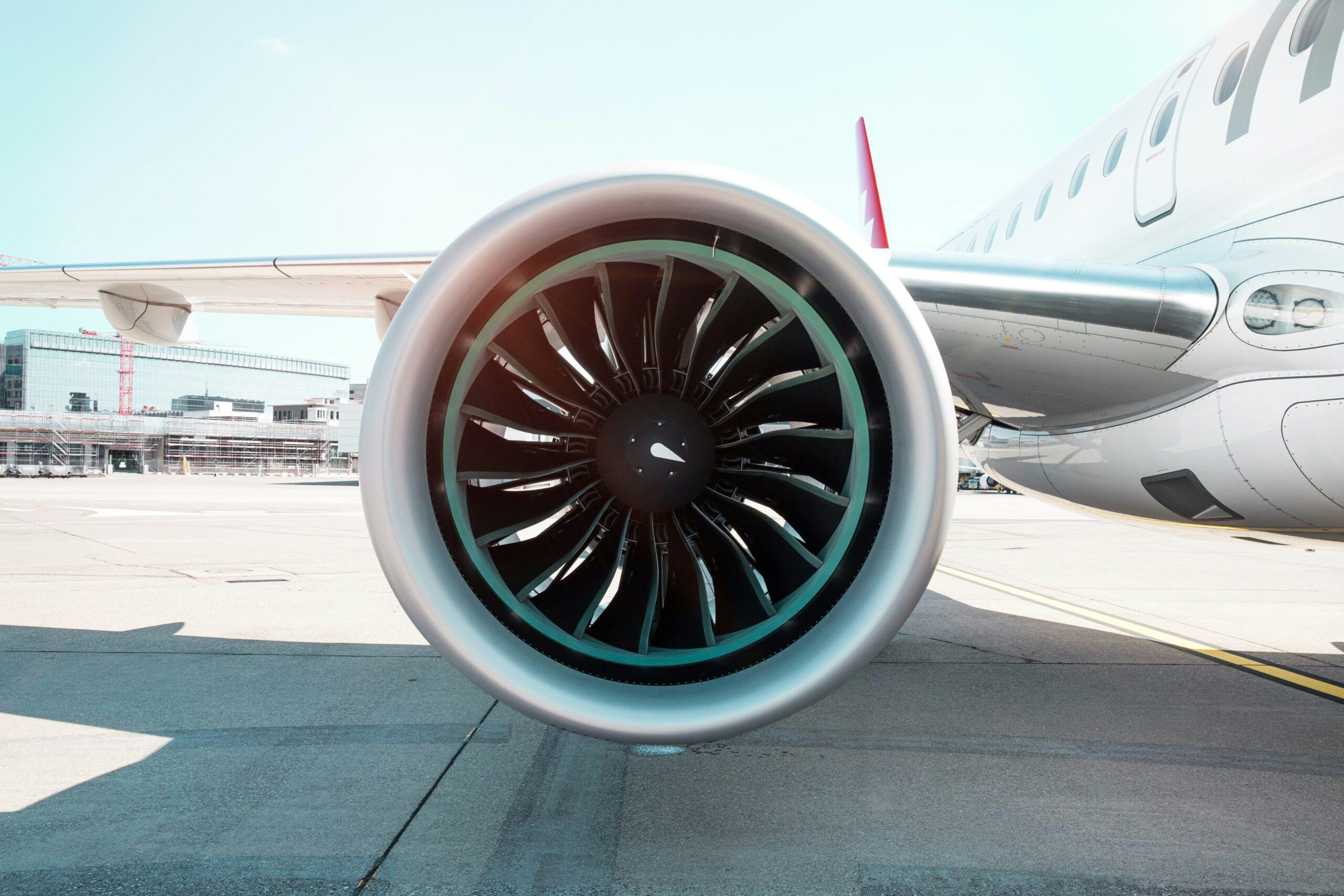
Leading Companies in Aviation Artificial Intelligence: Airbus, Amazon, Lockheed Martin, Tata Power, Thales
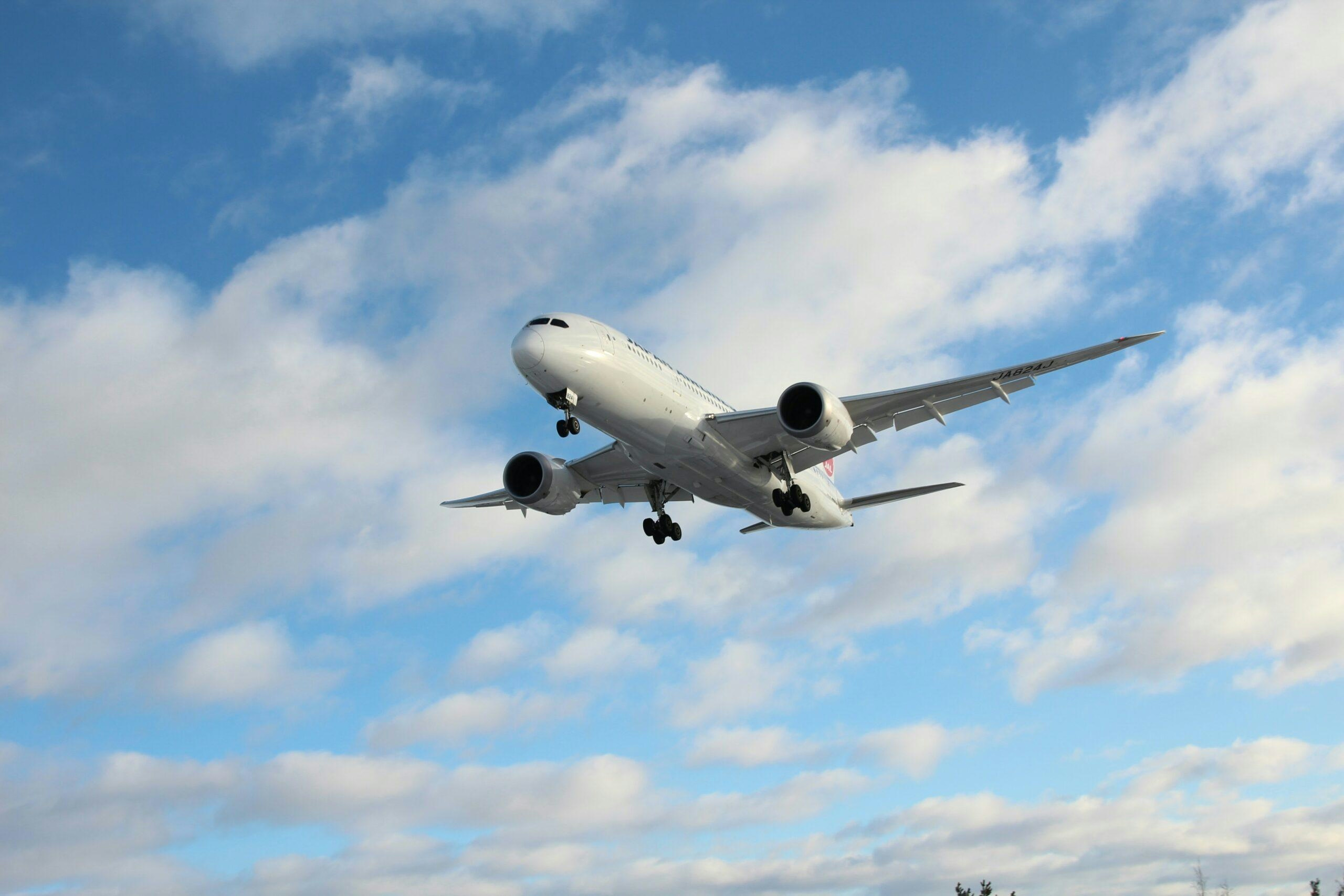
Warburg Pincus Acquires Hong Kong-Based Topcast Aviation Supplies
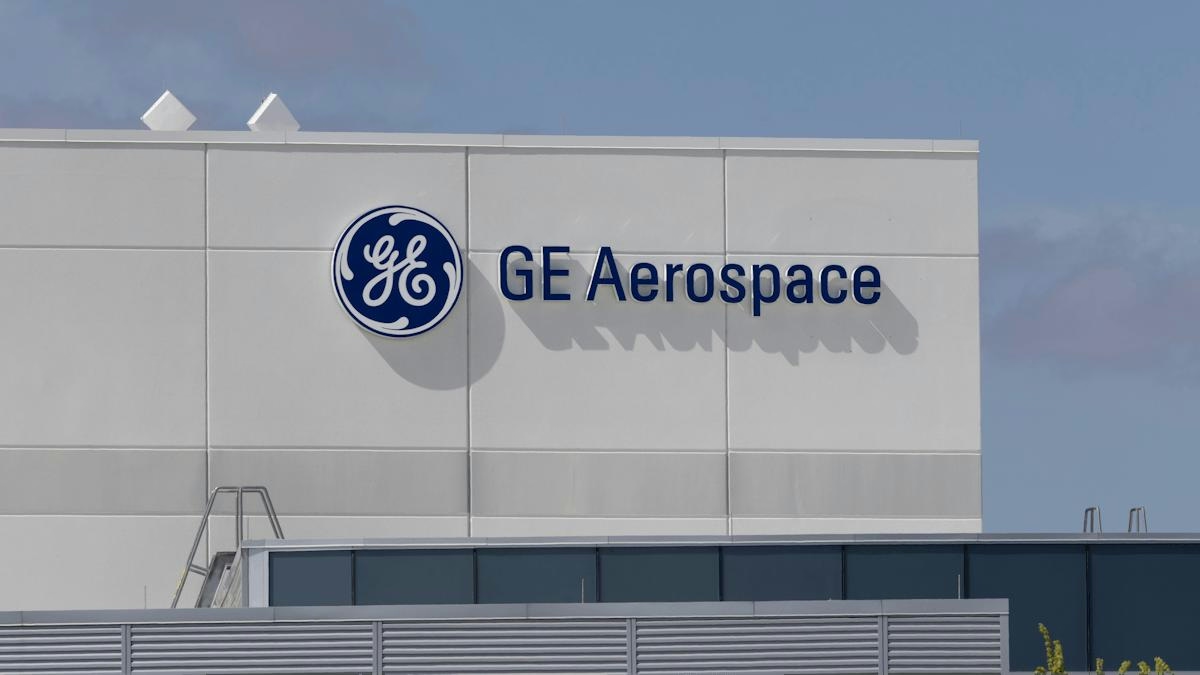
GE Aerospace Expands North Carolina Facility with $53 Million Investment to Address Supply Chain Issues
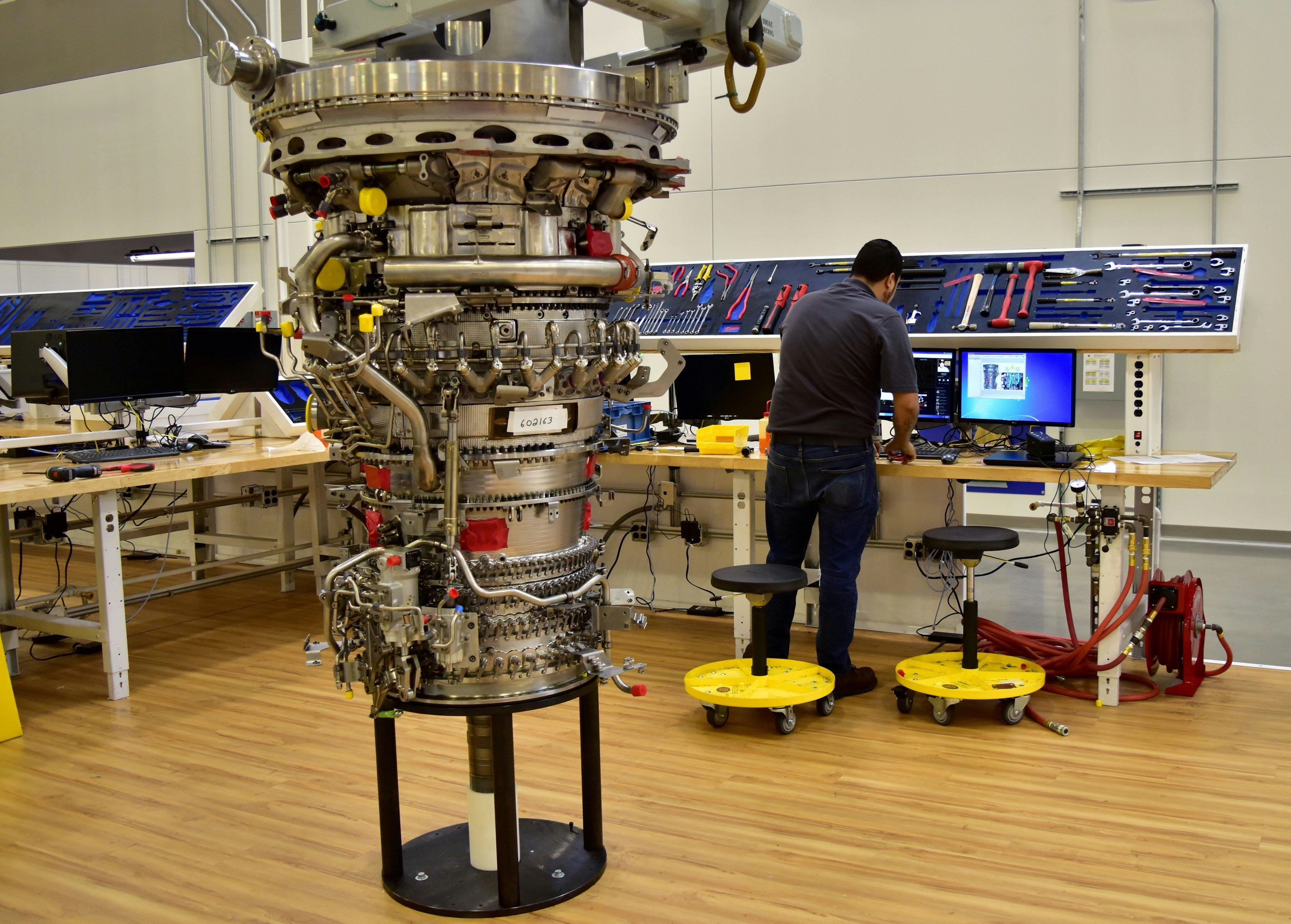
Manufacturer of China’s C919 Secures Capital Injection Amid Supply Chain Issues

Africa’s Aviation Sector Adopts AI Amid Challenges

FTAI Aviation Shares Rise 6.3% Following AI Partnership with Palantir

Airports Innovate 2025 Shapes the Future of Aviation

How Volcanic Ash Disrupts Aircraft Engines

Ethiopia Volcanic Ash Plume Poses Risk to Aviation, DGCA Issues Warning
